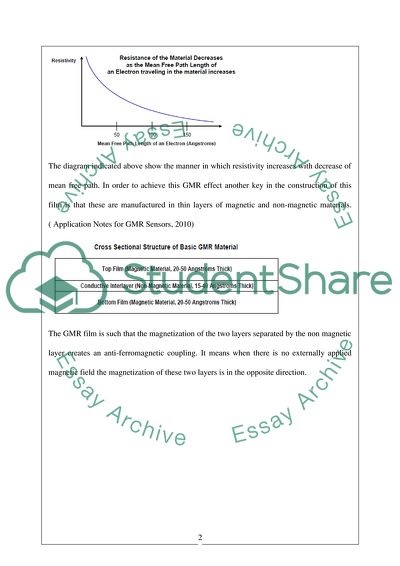Cite this document
(“GMR (Giant magneto-Resistance) Essay Example | Topics and Well Written Essays - 2250 words”, n.d.)
GMR (Giant magneto-Resistance) Essay Example | Topics and Well Written Essays - 2250 words. Retrieved from https://studentshare.org/miscellaneous/1573344-gmr-giant-magneto-resistance
GMR (Giant magneto-Resistance) Essay Example | Topics and Well Written Essays - 2250 words. Retrieved from https://studentshare.org/miscellaneous/1573344-gmr-giant-magneto-resistance
(GMR (Giant Magneto-Resistance) Essay Example | Topics and Well Written Essays - 2250 Words)
GMR (Giant Magneto-Resistance) Essay Example | Topics and Well Written Essays - 2250 Words. https://studentshare.org/miscellaneous/1573344-gmr-giant-magneto-resistance.
GMR (Giant Magneto-Resistance) Essay Example | Topics and Well Written Essays - 2250 Words. https://studentshare.org/miscellaneous/1573344-gmr-giant-magneto-resistance.
“GMR (Giant Magneto-Resistance) Essay Example | Topics and Well Written Essays - 2250 Words”, n.d. https://studentshare.org/miscellaneous/1573344-gmr-giant-magneto-resistance.


